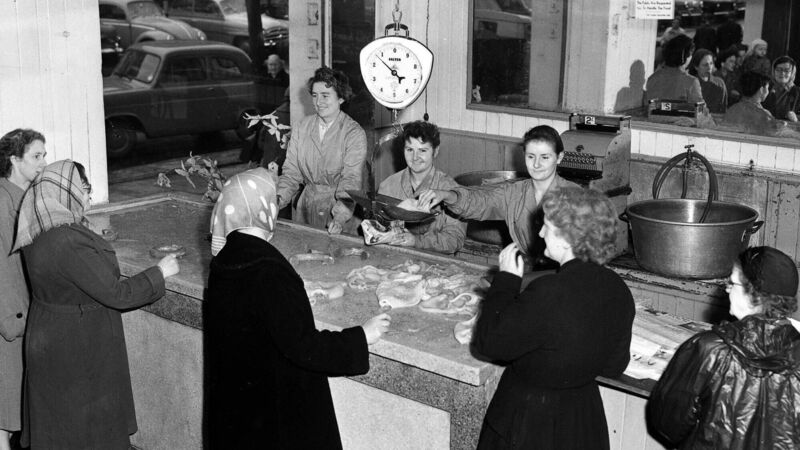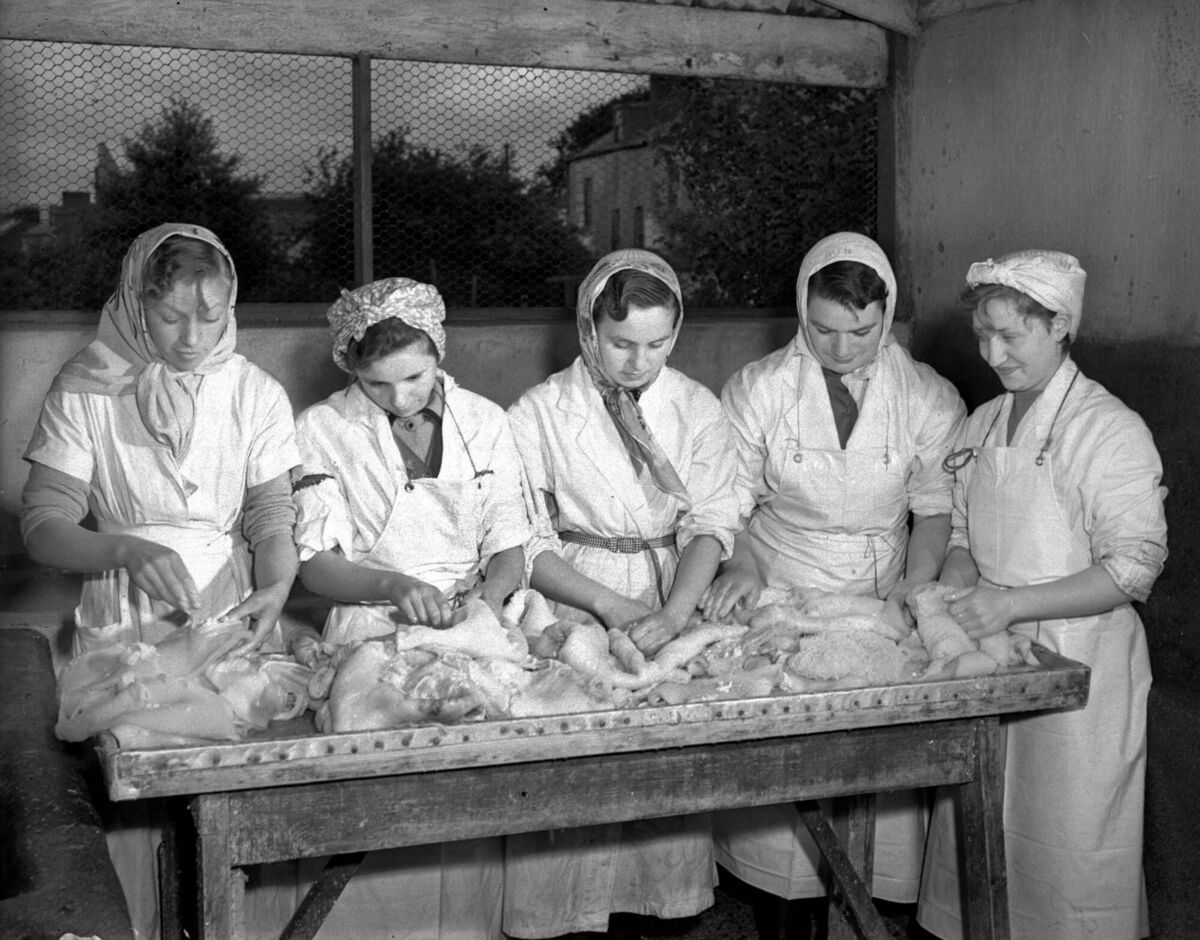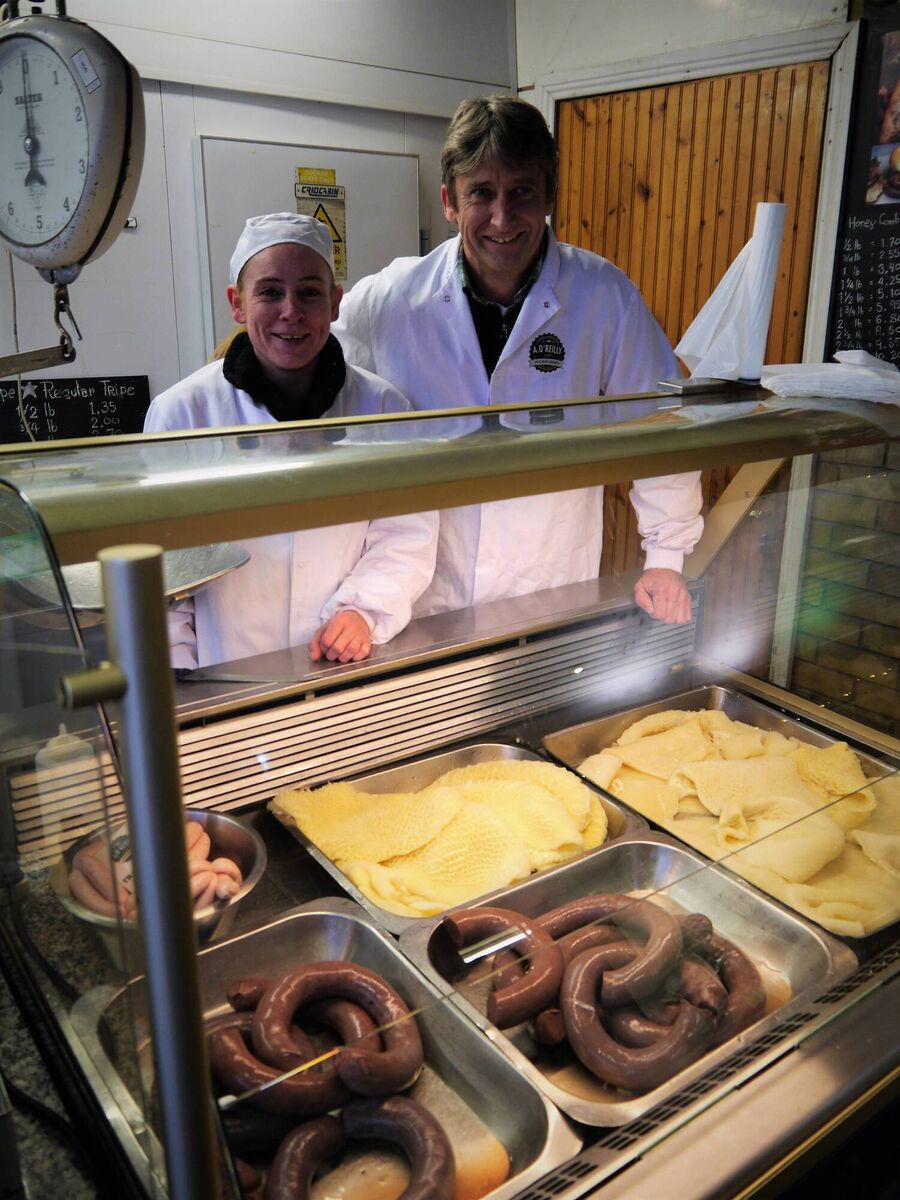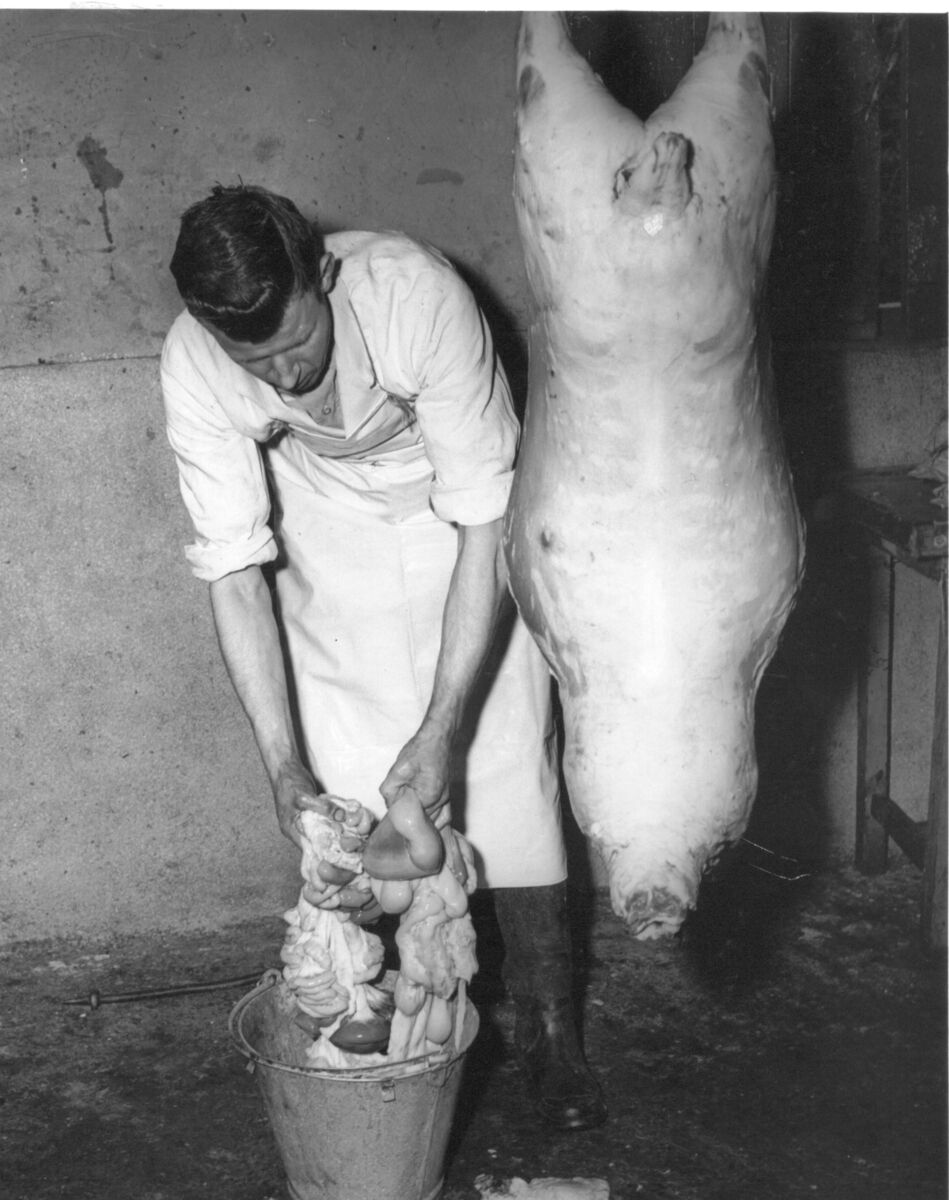Michael Moynihan: In search of one of the most elusive native dishes of Cork city

Customers buying tripe and drisheen at O’Reilly’s stall in the English Market, Cork in June 1959.

Then she said she “didn’t care” for that kind of food.

Yet one of Cork’s signature dishes is now hardly available at all within the walls of the city, which I find surprising.

I’m aware that other dishes have their adherents in establishing one’s Cork bona fides. Spiced beef remains a constant, particularly at this time of year, and not just in a performative sense: more than one city establishment incorporates spiced beef into its sandwich offering.











